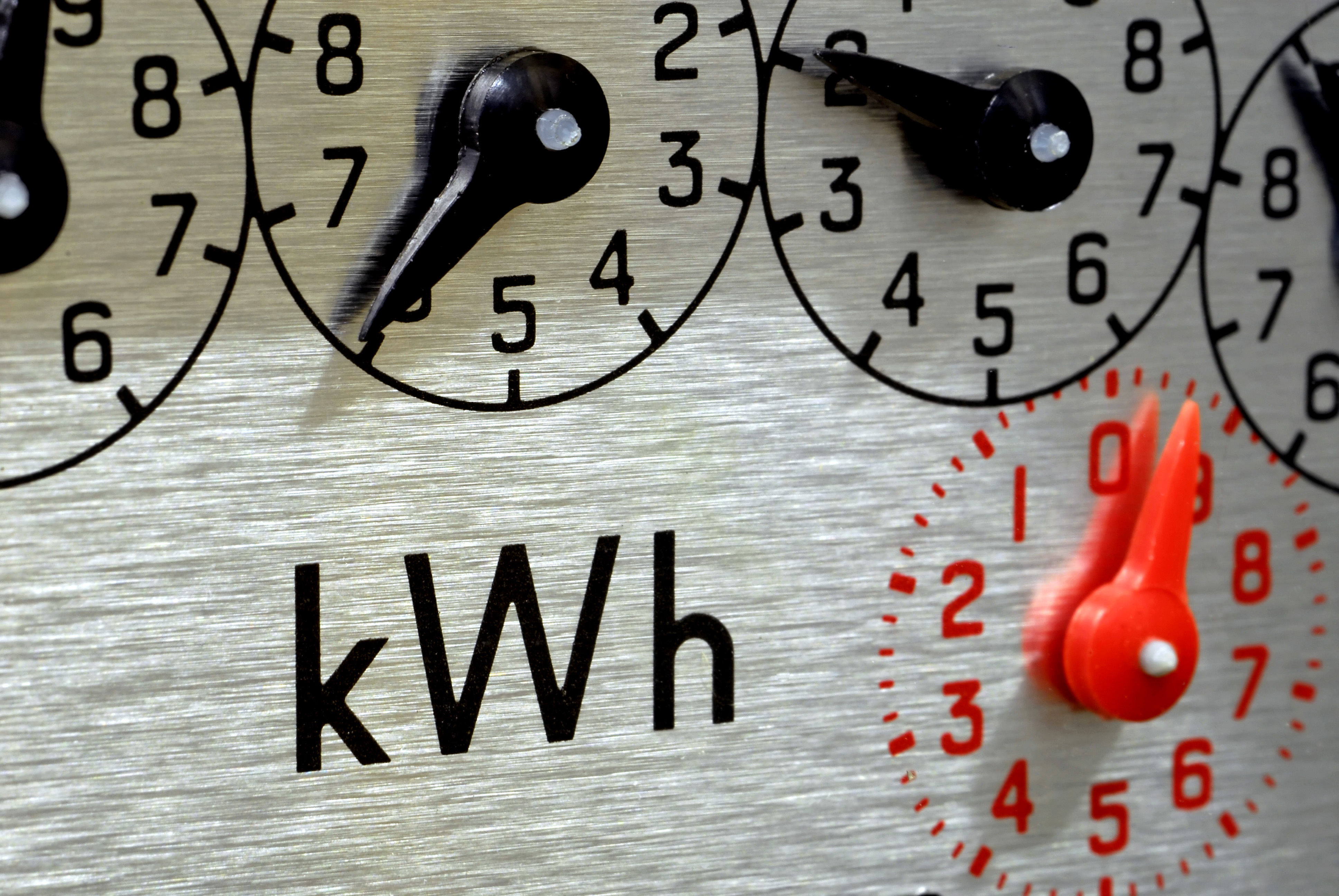Green Energy Funding
In a policy shift with potentially far-reaching benefits, the U.S. Department of Housing and Urban Development (“HUD”) has recently given the green light to owners of California residential, commercial and multifamily properties to take advantage of special funding sources for energy efficiency, water efficiency, and renewable energy projects with little or no up-front costs.
PACE programs available
These financing sources, known as Property Assessed Clean Energy (“PACE”) programs, are available in a number of California counties through selected financial product vendors. PACE program funding offers several advantages over traditional financing vehicles:
- No down payment is required.
- Up to 100% financing is available on qualified improvements.
- Owners have up to 20 years to repay.
- The loan follows the property, not the person (so the loan is transferred if the property is sold).
- The interest may be tax deductible.
PACE programs are available to property owners
Property owners can seek PACE program funding by contacting a PACE program provider located in their area. Generally, PACE programs are available to property owners in those cities or counties that have adopted such a program. PACE programs offer attractive financing terms to property owners who have at least some equity in their property and have not been delinquent in their property tax or mortgage payments.
Although PACE programs have been around since 2008, their use was challenged when the Federal Housing Finance Agency (“FHFA”) raised concerns that their lien status in federally-insured residential properties could take priority over Fannie Mae and Freddie Mac financing. When Fannie Mae and Freddie Mac took the position in 2010 that they would no longer purchase mortgages secured by properties that were subject to PACE loans, residential PACE programs were effectively put on hold with the exception of certain pilot projects.
Since that time, the State of California has stepped forward with new legislation (SB 555) to address those concerns, put in place legal documentation to deal with the FHFA’s issues and give notice of the impact of PACE financing on existing mortgages, and created a loss reserve program for PACE loans. A number of California cities and counties now have PACE programs for residential, commercial and municipal projects.
“Green” property improvements
In tandem with these efforts, California Governor Jerry Brown has also urged HUD to take action to allow PACE funding to resume in California, and to help promote PACE programs as a resource not only for clean energy programs, but also for other worthwhile “green” property improvements as well.
“The support that Governor Brown and HUD have shown multifamily PACE programs showcases the true potential of PACE to accelerate energy efficiency and conservation efforts in a completely underserved market—multifamily housing,” said Ygrene Energy Fund CEO Stacy Lawson. According to Lawson, HUD officials have been working on setting forth its clarifying principles for the program since its announcement in January 2015 of its approval of PACE; that work is now done, she said, and property owners may now start applying for this funding.
The details of the PACE programs are more fully explained here.



